

We have worked with some of the biggest names in Ireland's coastal and marine sector. Our engineers have years of experience carrying out inspections and surveys of all kinds of assets, structures and landscapes. They understand the critical need to minimise downtime while guaranteeing the safety of all personnel and operational assets on site. Tell us what you need. It's our job to deliver it for you.
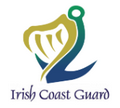


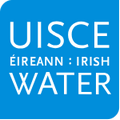

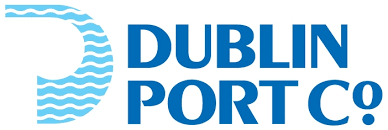















Drones can inspect, survey and map critical port and harbour infrastructure with precision and speed. Using the latest technologies, our engineers can conduct aerial and underwater drone surveys of piers, docks, cranes and other maritime facilities. Whether you're looking to identify corrosion, assess structural damage or streamline operational inefficiencies, our engineers can produce quick, accurate and actionable deliverables in a format that enables optimal decision-making for you.

Fitted with the latest high-definition cameras, our UAVs can inspect cranes, docks and above-water infrastructure for signs of corrosion, cracks or other structural wear. This reduces the need for scaffolding or manual inspections, improving safety and minimising disruption.
With sonar and high-resolution imaging payloads, our submersible drones can gather data on the condition of submerged structures like pilings, sea walls and mooring points. Carried out by experienced engineers, these inspections can detect erosion, marine growth and structural damage in areas that are difficult or hazardous to access manually.
Drones equipped with multispectral imaging and water quality sensors allow our engineers to monitor sediment movement, water pollution and ecological impact near ports and harbours. We can give you raw data or expert analysis. Either way, this data can support compliance with environmental regulations and sustainable operation.
By capturing real-time aerial data, drones can provide insights into cargo handling, traffic flow and overall operational efficiency. Such insights can help to optimise workflows and identify potential bottlenecks in port operations.
Monitor the condition and performance of critical coastal defence infrastructure, including embankments, sea walls and barriers. Using LIDAR , photogrammetry and thermal imaging, our experienced engineers can assess erosion, structural damage and potential weak points. This data enables proactive maintenance and supports effective coastal risk mitigation.

Drones equipped with LIDAR and photogrammetry payloads provide detailed topographical surveys of coastal defence structures and surrounding terrain. Our engineers can use this data to detect soil displacement, erosion or uneven settlement that might compromise the integrity of embankments or sea walls.
Thermal imaging technology can identify subsurface anomalies in coastal defences, such as moisture penetration, cracks or voids. This allows our clients to detect early signs of failure and address them before they escalate.
Using drones with multispectral imaging and water quality sensors, our engineers can monitor sediment accumulation and water flow near coastal barriers or spillways. This information helps identify blockages or imbalances that could impact the effectiveness of the coastal defences.
During and after coastal events, drones can rapidly survey affected areas to assess damage and guide emergency response efforts. Our engineers can work with you in the field to guide the recovery process and provide expert analysis of any damage.
Inspect marine structures such as offshore platforms, wind turbines, and underwater pipelines with advanced drone technology. Our engineers use a combination of aerial and underwater drones equipped with high-resolution cameras, sonar and thermal imaging to detect structural issues, corrosion and other potential problems.

Drones equipped with high-definition cameras can capture detailed imagery of offshore platforms, identifying corrosion, structural damage and other issues. This reduces the need for manual inspections, improving safety and efficiency.
Submersible drones equipped with sonar and high-resolution cameras can inspect underwater structures, such as pipelines and wind turbine foundations, for damage, corrosion and blockages. This technology provides critical insights without the need for divers or costly shutdowns.
Thermal imaging technology can identify subsurface anomalies in marine structures, such as moisture penetration, cracks or voids. This allows our clients to detect early signs of failure and address them before they escalate.
Monitor coastal and marine environments with advanced drone technology. Our engineers use drones equipped with multispectral imaging, thermal cameras and water quality sensors to track ecological changes, identify sources of contamination, and ensure compliance with environmental regulations.

Drones equipped with multispectral imaging or LIDAR can monitor vegetation growth, water quality and pollution levels in coastal and marine environments. This data helps track ecological changes and identify sources of contamination.
Thermal cameras can detect temperature anomalies in water bodies, helping to identify sources of pollution and monitor the health of marine ecosystems.
Drones equipped with water quality sensors can monitor parameters such as pH, turbidity and dissolved oxygen levels, providing critical data for environmental assessments and regulatory compliance.
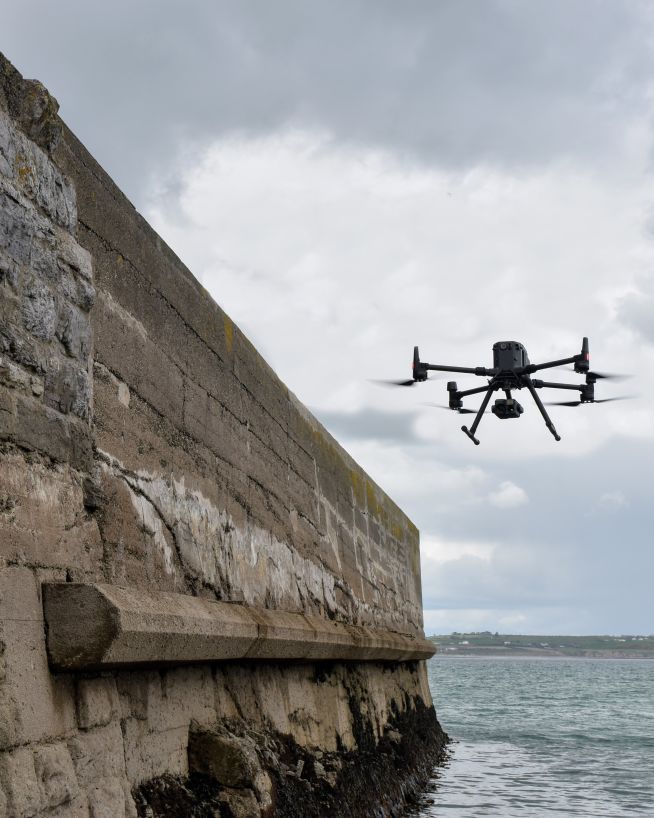
Monitor coastal assets safely and with more precision
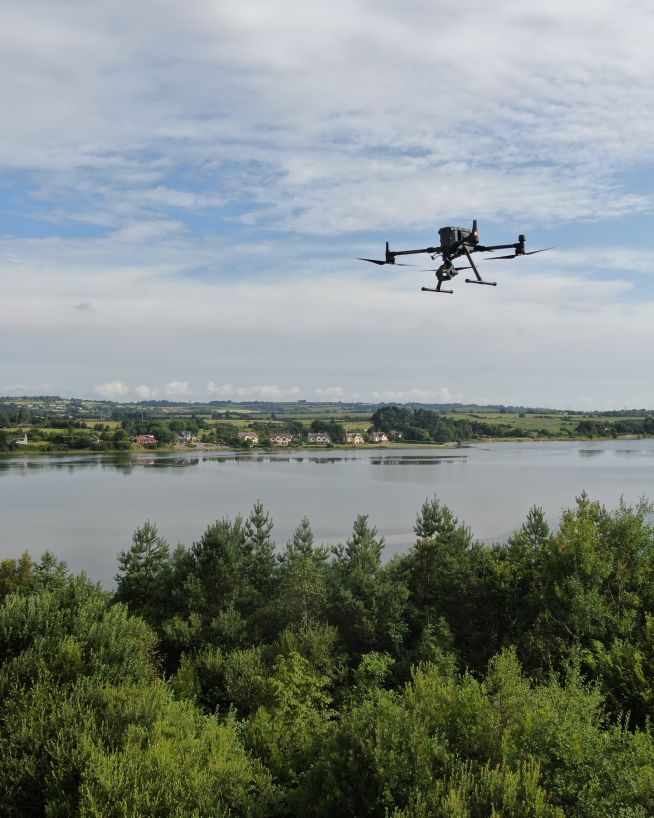
Safer, more precise data collection at a fraction of the cost

Safe, precise and instant reports on vessels and infrastructure
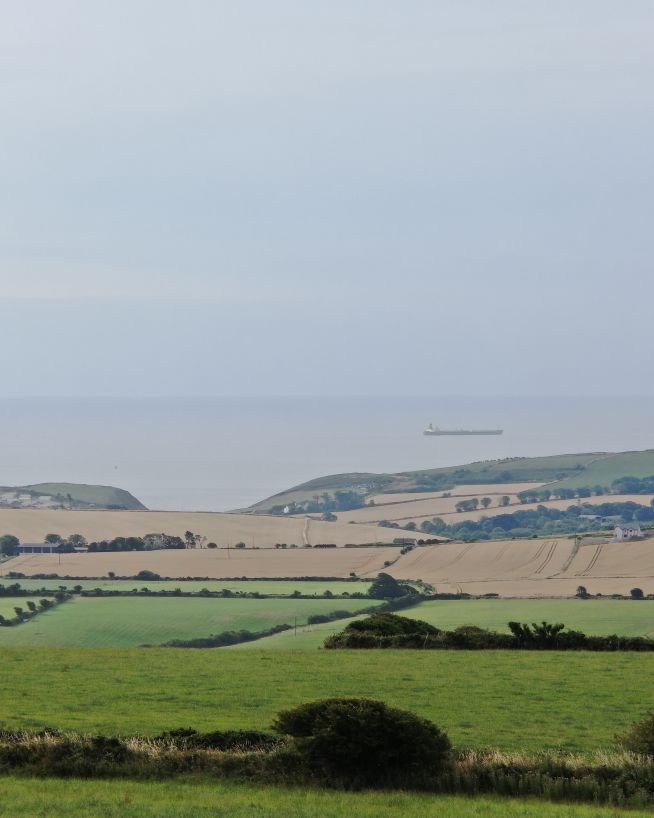
Safer and cheaper underwater ROV inspections
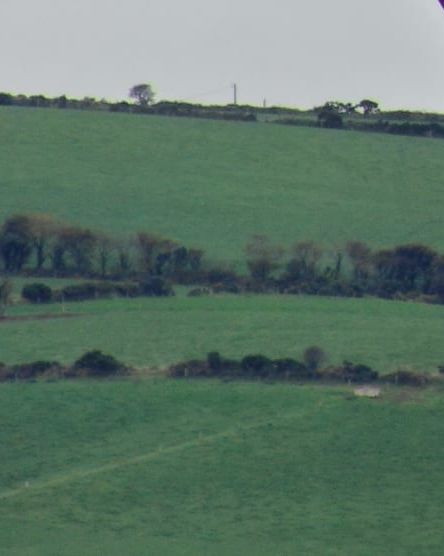
Critical, pinpoint details with none of the risk
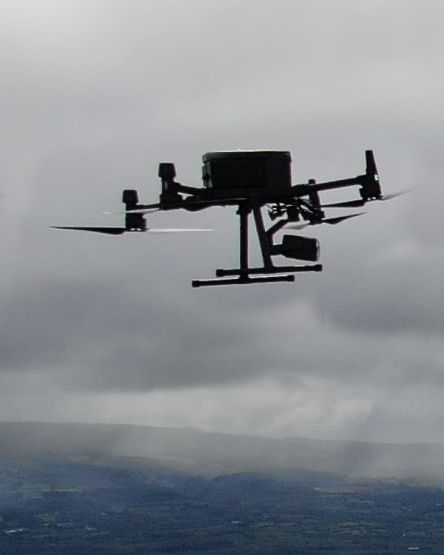
A more cost- and time-effective way to receive critical data
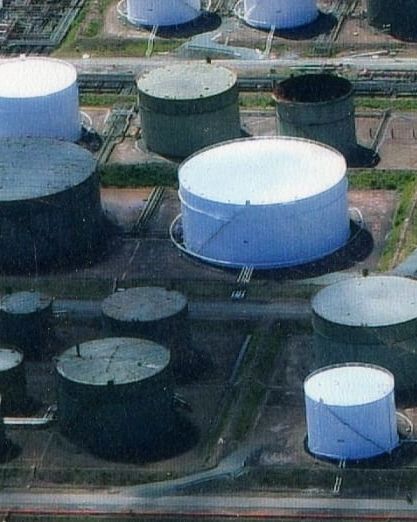
Safer and more cost-efficient flare (oil and gas) inspections
We have worked with a wide range of coastal and marine sector clients, including big names in ports and harbours, coastal defences and marine structures. Here are just a few of the services our engineers can provide using the latest drone technology.
Capture a high-resolution, photorealistic 3D model of your terrain, accurate to the finest details.
Find out moreMitigate the risk factors of traditional confined space inspections, without compromising on quality.
Find out moreSee the condition and health of crops and vegetation with multispectral imagery.
Find out moreCapture high-quality imagery of your assets from never before seen vantage points.
Find out moreMap the features and topography of your land/space efficiently using drone technology.
Find out moreRecord incredibly detailed elevation data to aid in ultra-precise measurements and calculations.
Find out moreDetect abnormalities within your assets that are otherwise invisible to the naked eye.
Find out more